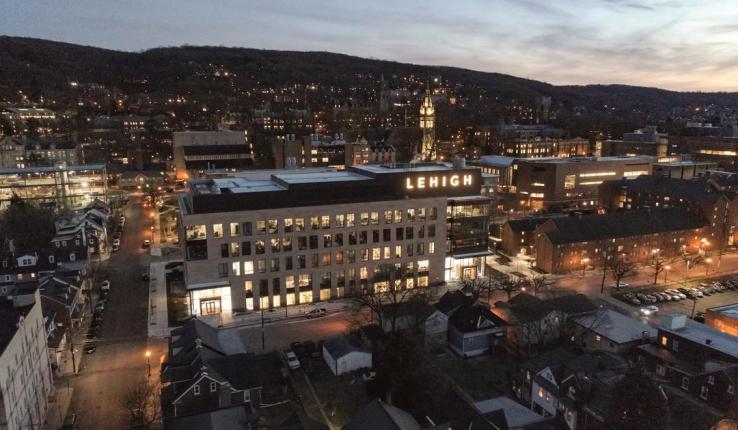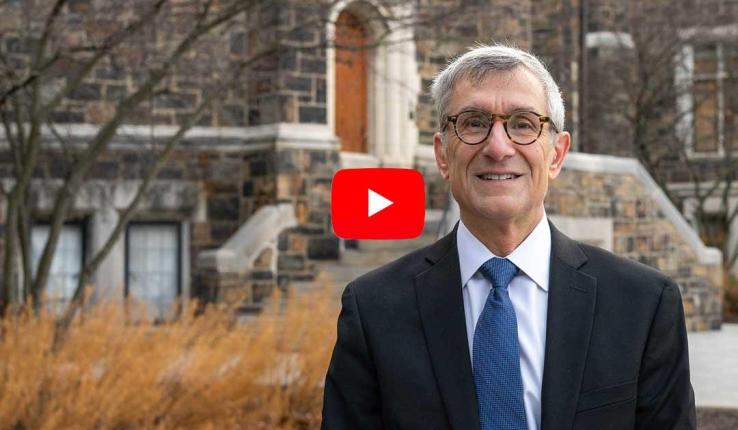Hiatt, assistant professor of architecture and co-director of the Small Cities Lab, leads the Alley House Program aimed at addressing the lack of affordable housing in Bethlehem through a responsible revival of historical alley houses. His research led to his recent selection for the 2025 Cohort of the Academy for Public Scholarship on the Built Environment: Housing Equity.
What is the current status of the Alley House Program?
After research, planning and community listening, construction on the first pilot alley house “accessory unit” started this summer thanks to support from Governor Shapiro’s PHARE program. The three remaining units will be built over the next few years through a congressional grant, which is the first of its kind in Lehigh University history.
How has research been a key component of the program planning?
Research has been baked into every step. Students and faculty from the Small Cities Lab documented hundreds of existing alley houses, walked more than 50 miles of alleys and interviewed residents. This work directly shaped zoning proposals and the physical design of the new pilot units. Another important part of the research, supported through a grant from the Department of Housing and Urban Development, is looking at how other small cities have successfully adopted their own accessory unit policies. This research will fill a critical gap in our understanding of smaller cities, which are often overlooked in urban planning, design and architecture research.
How has an interdisciplinary, coalition and community-driven approach been beneficial to the program?
City officials, architects, students, community development folks and longtime residents all brought something to the table. That collaboration built trust. The result has been a project that neighbors support, and it continues to be shaped by resident involvement.
Your research concerns “how architects may participate in the politics of history, change and identity through engagement with policies governing development and historic preservation.” Why is this important to you?
The work we do as architects, planners and designers has an impact on the places people live, and as such, has a political, social or cultural impact. I see this as an opportunity to shape positive change in partnership with communities. Through the program, we’ve learned how architects, planners and community developers can help communities rethink land-use policy in a way that honors local history and opens new possibilities. When we engage in this way, we hope to help define what change looks like, and who it’s for. That kind of work matters.
How did you become interested in architecture and design? Was it something you always wanted to pursue?
I came to architecture and design through the backdoor. My father was trained as a landscape architect and carpenter, so I always had an interest in making things. However, I started my education at Ohio State University wanting to be a musician (percussionist), and by accident was placed in the architecture student dorm. I was fascinated by the work I saw all my friends doing there, and decided to drop what I was doing and pick up architecture as a major. This experience is why I always encourage my students to be open to new things and different paths and to get exposure to as many different ideas as possible during their time at Lehigh.
How can art, architecture and design students apply their skills to create lasting change in their communities?
The Alley House Program is a great example of how students can get involved in their communities using their skills. Over 60 students from 12 different majors got hands-on experience not just with design, but with zoning, community engagement, public storytelling and even construction. They helped plan, advocate for and build housing that will actually be lived in. The key to doing this work successfully is starting with a beginner’s mindset—listening and learning from others. None of us can make real, lasting change without hearing folks out and building consensus together.





